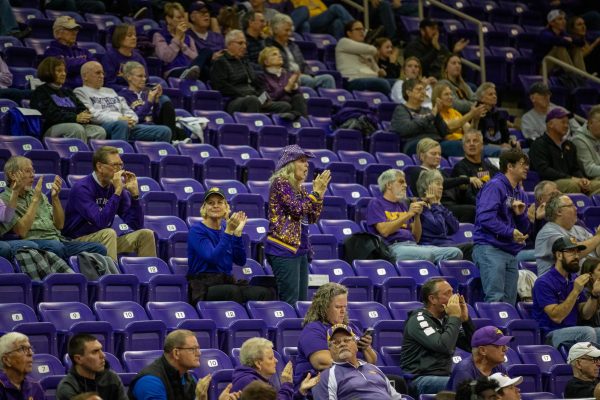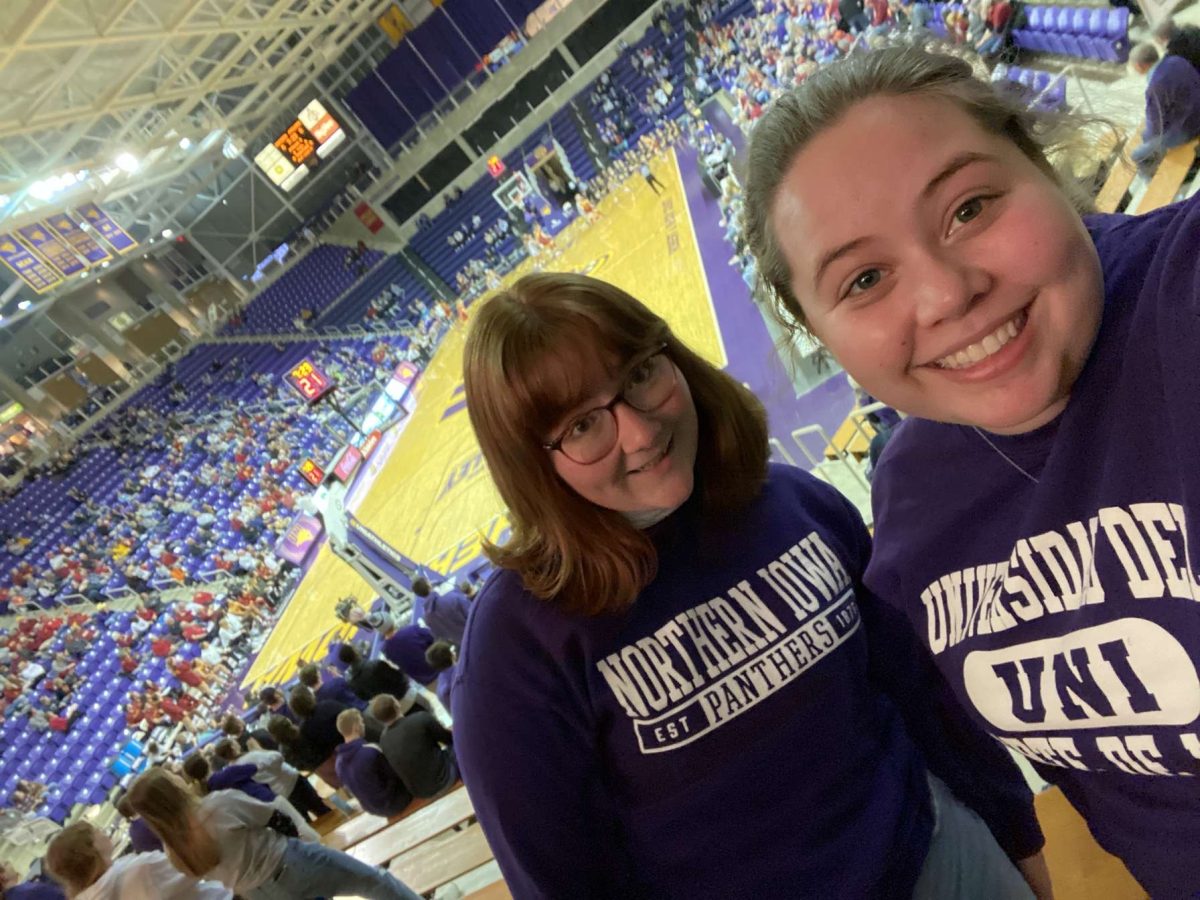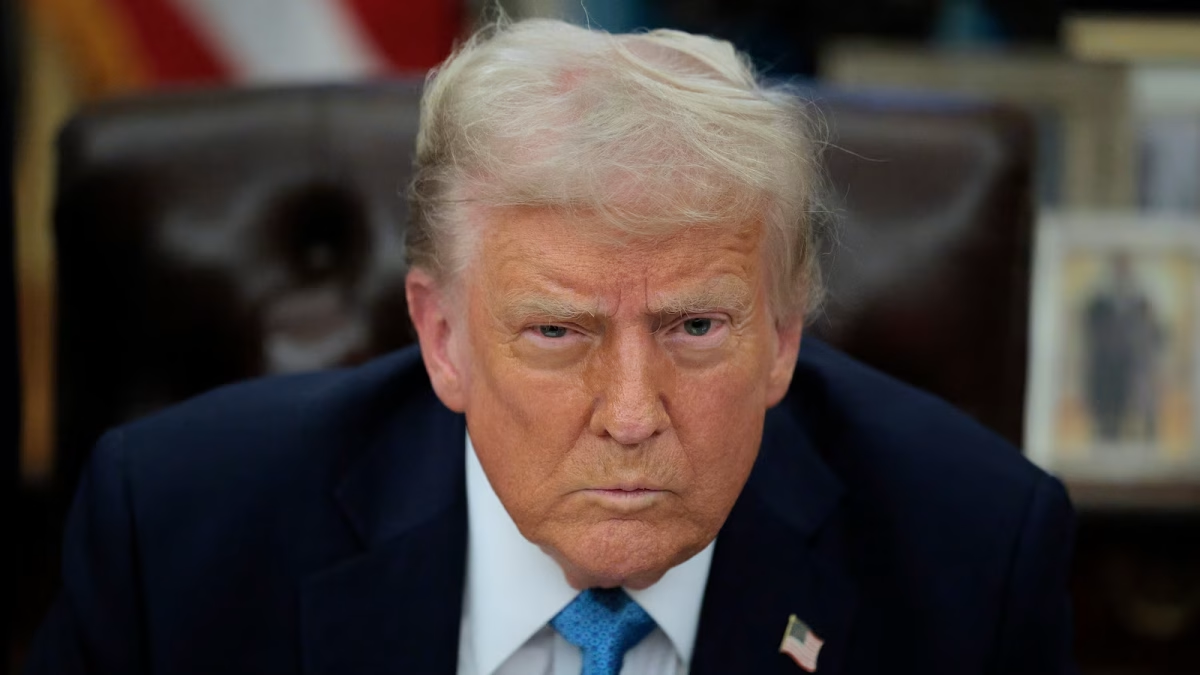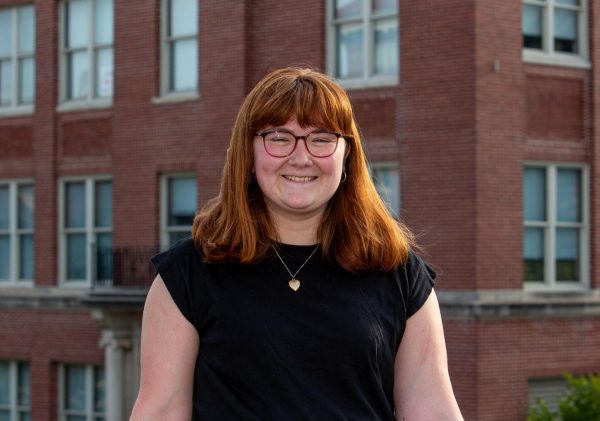In the list of improvements to make UNI athletics facilities more “state of the art” in the coming years, one key feature is missing: a center-hung video screen in the McLeod Center.
Last February, I was one among the almost record-breaking crowd of 5,754 in McLeod for the UNI versus Iowa State wrestling match. My friends and I were sitting toward the front of section 112, the wooden bleachers in the southwest corner, in front of a group of passionate Iowa State fans.
The atmosphere was that of any great event in McLeod —hot, crowded and so loud you can hardly hear what the person next to you is saying.
Despite our differences in loyalty, my group of friends and the Cyclone fans directly behind us found a unifying factor on that electric night — sore necks from trying to see what was happening on the single big screen in the building located behind us.
Every time the action would escalate, the other team members and people seated on the floor would stand up and crowd closer to the mat, making it almost impossible to see what was happening real-time in front of us. After craning our necks at every angle to try to see who would come out on top, we finally surrendered to having to turn all the way around to the screen behind us to watch the deciding moments of each match.
“Why don’t you guys have a screen in the middle? What’s your tuition even paying for?” one Iowa State fan remarked.
Any other day, I would defend UNI from the criticisms of the other state universities with my life, not to mention point out the misconception that tuition would pay for our athletic facilities. However, as my neck pain could attest, he had a point.
Out of the 12 teams in the Missouri Valley Conference, UNI is one of only four that do not have a center screen in their basketball facility. The other three are Belmont, University of Illinois at Chicago and Drake.
However, Drake is in the midst of fundraising for a renovation of the Knapp Center, phase two of which will include a center-hung video ring display and new sound system. When completed, it will make UNI one of only three schools in the conference without a center video display. Both the McLeod Center and the Knapp Center can seat right around 6,500 people, making these arenas of a very similar caliber.
Conference aside, I believe the fan experience truly suffers without that central visual compared to the University of Iowa’s Carver Arena and Iowa State’s Hilton Coliseum. While the McLeod Center has less than half the capacity of each of those facilities, fans shouldn’t have to sacrifice a clear view of important replays or, in the case of wrestling, a clear view of what’s happening on the mat, when they come to Cedar Falls.

I’m certainly not the first person to bring this up. A center hung video board was included in the 2018 Panthers Rising five-year strategic plan in upgrades to the McLeod Center. However, here we are five years later and, according to UNI Athletics officials, no formal designs are in place.
Now that the McLeod Center has become the competition space for men’s and women’s basketball, volleyball and wrestling, it’s time to think about stepping it up. The wrestling match against Iowa State was a perfect example of the crowds UNI Athletics has the potential to draw, especially with in-state matchups. More recently, the UNI versus Iowa women’s basketball game drew 6,790 fans.
Our athletic events have the ability to fill the house, but the absence of a center screen sets the McLeod Center back in comparison to the other athletic facilities in the state and in the conference.
The laundry list of UNI Athletics facility projects seems to always be growing, most notably with the UNI-Dome renovation and new wrestling training facility on the horizon. While a center display in McLeod may not be the most pressing issue for UNI Athletics at the moment, it needs to be considered in the near future for Panther fans and athletes.











Randal Meyer • Dec 8, 2023 at 3:00 pm
UNI Athletics can’t afford it. They are over budget and making budget cuts. So how are they going to pay for it?